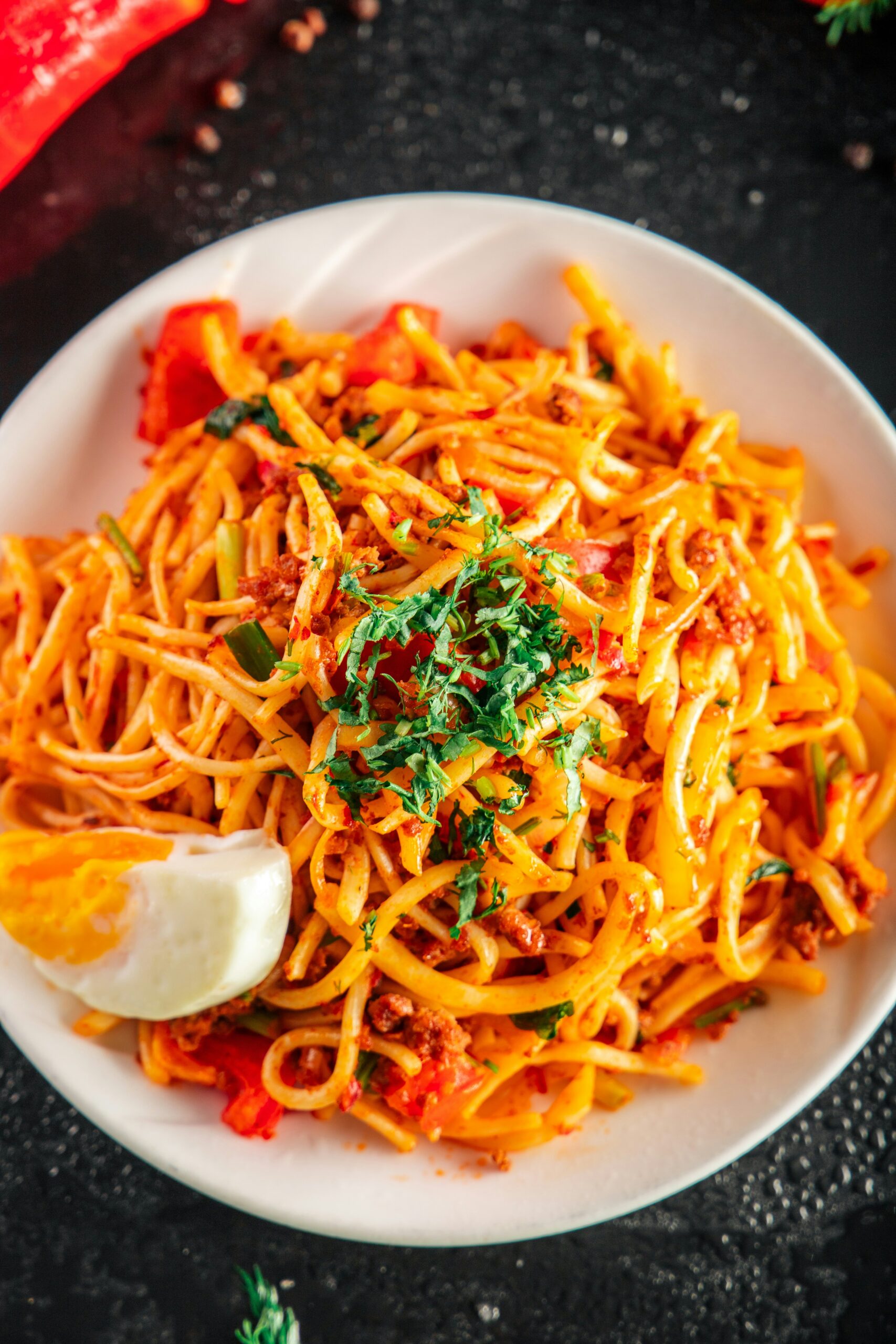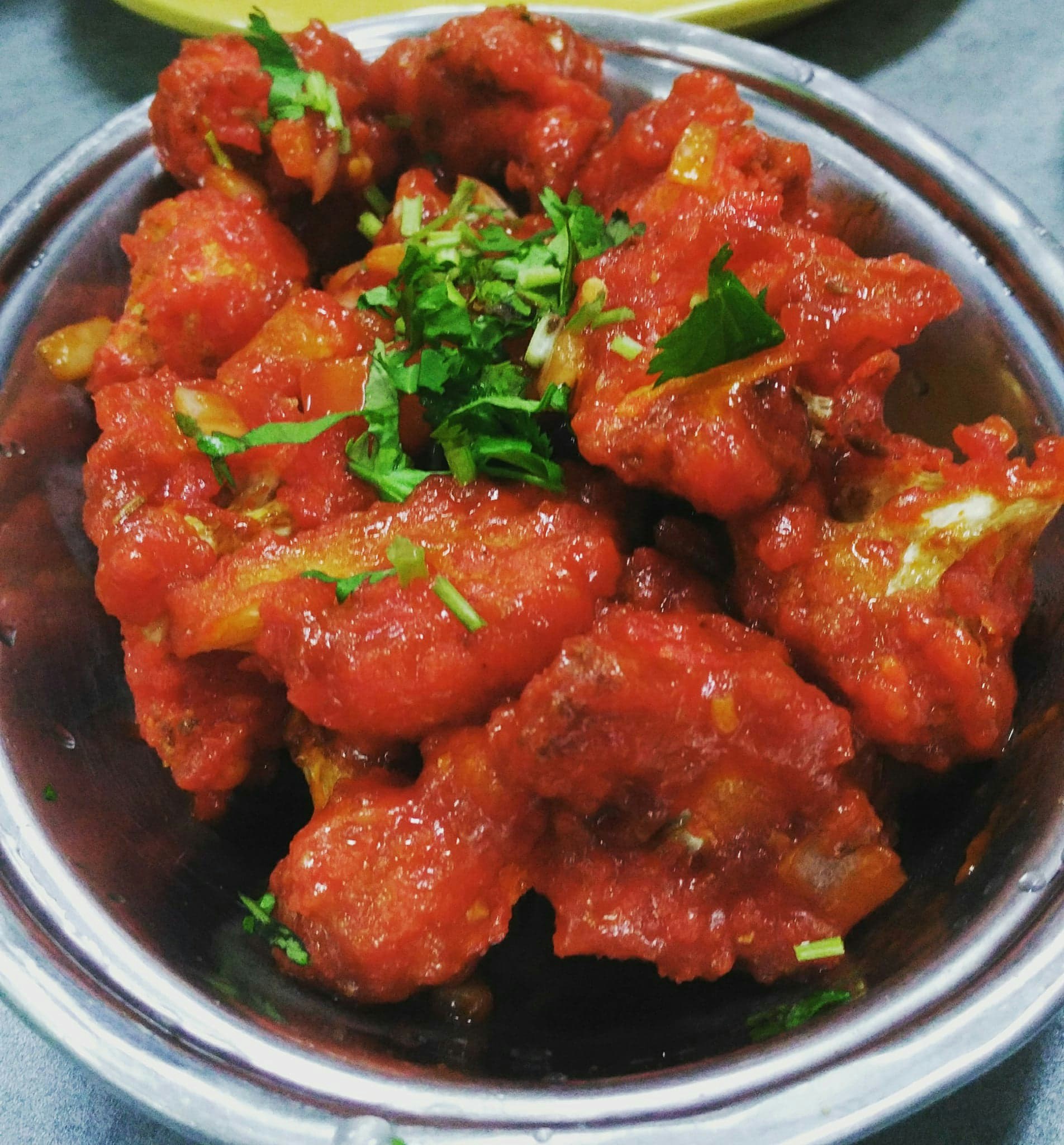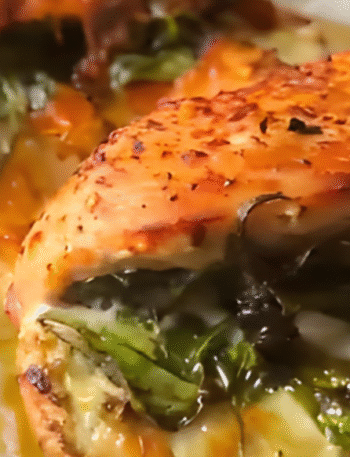Introduction to Healthy Pasta
The culinary world has experienced a significant shift towards healthier eating habits, and pasta has not been left behind. Healthy pasta is becoming increasingly popular as individuals seek to balance their dietary preferences with nutritious ingredients. By opting for pasta made from whole grains, legumes, or even vegetables, people can enjoy delicious meals that contribute positively to their overall health. Whole grain pasta, for instance, contains more fiber and essential nutrients compared to its refined counterparts, making it a superior choice for those aiming to enhance their diet.
Legume-based pastas, such as those made from lentils or chickpeas, offer an excellent source of protein while remaining gluten-free, catering to those with dietary restrictions. These options not only promote satiety but also provide a rich profile of vitamins and minerals that are often lacking in traditional pasta. Vegetable noodles, such as zucchini or spaghetti squash, are another innovative way to enjoy pasta dishes while increasing vegetable intake. These alternatives are low in calories but high in flavor, making them an appealing choice for anyone looking to incorporate more vegetables into their meals.
The versatility of pasta enables it to complement a wide range of ingredients, allowing it to adjust to many dietary needs and preferences, including vegetarian, vegan, and low-carb diets. Whether tossed with a vibrant array of seasonal vegetables, enriched with lean proteins, or paired with wholesome sauces, healthy pasta dishes can cater to various tastes and lifestyles. Ultimately, embracing healthy pasta can enrich one’s diet and contribute to overall well-being, demonstrating that convenience and nutrition can indeed go hand in hand.
Choosing the Right Ingredients
When it comes to crafting healthy pasta recipes, the choice of ingredients plays a pivotal role in enhancing both flavor and nutritional value. Opting for whole grain pasta instead of regular refined pasta is a significant step towards a healthier dish. Whole grain pasta is rich in fiber, which not only supports digestive health but also helps in managing weight by keeping you full longer. When selecting pasta, look for labels that indicate “100% whole grain” or “whole wheat,” ensuring that you are getting the maximum nutritional benefits.
Incorporating fresh vegetables into your pasta dishes is another essential aspect. Vegetables such as spinach, bell peppers, zucchini, and tomatoes add color, vitamins, and antioxidants to the meal. When selecting produce, consider choosing organic options whenever possible to reduce exposure to pesticides and support sustainable farming practices. Additionally, purchasing seasonal vegetables often enhances flavor and nutritional content, which can elevate the overall quality of the dish.
Protein sources are equally important in creating a well-rounded pasta meal. Lean proteins, such as chicken, turkey, beans, or lentils, can boost the nutritional profile without adding excessive calories. For those with dietary restrictions, options like gluten-free pasta or low-carb alternatives made from chickpeas or zucchini can create suitable meals tailored to various needs. Reading labels on pasta packages is essential; focus on products with minimal additives and high-quality ingredients.
Finally, don’t underestimate the role of herbs and spices. Fresh herbs such as basil, parsley, and oregano not only enhance flavor but also offer additional health benefits, including anti-inflammatory properties. Overall, by selecting high-quality ingredients and making mindful substitutions, you can create delicious and nutritious pasta dishes that cater to diverse dietary preferences.
Easy Healthy Pasta Recipes
Pasta is a versatile ingredient that can be both delicious and nutritious when prepared thoughtfully. Here, we present a selection of easy healthy pasta recipes that can be whipped up in no time while satisfying your taste buds. These recipes highlight various cooking methods such as sautéing, roasting, and boiling, which each play a significant role in maintaining the healthiness of the dishes.
The first recipe is a whole wheat pasta with roasted vegetables. This dish includes colorful vegetables like bell peppers, zucchini, and cherry tomatoes, tossed with whole wheat pasta for added fiber. Preparation time is approximately 10 minutes, and cooking takes about 20 minutes. Simply roast the vegetables drizzled with olive oil, garlic, and herbs in the oven until tender, while boiling the pasta separately. Combine them together for a hearty meal. This recipe offers a well-balanced profile of vitamins and minerals.
Next, we have a spinach and tomato pasta. Utilizing a quick sautéing method, this recipe brings together fresh spinach, diced tomatoes, and garlic cooked in a pan with olive oil. The whole process takes about 15 minutes and is perfect for busy weeknights. This dish is rich in iron and vitamin C, making it an excellent option for those looking to boost their nutrient intake.
Lastly, consider a lemon garlic shrimp pasta. Featuring shrimp sautéed with garlic and finished with lemon juice, this recipe is light yet satisfying. The preparation time is roughly 5 minutes, while cooking may take around 10 minutes. Toss this with whole grain spaghetti for a health-conscious alternative that is also high in protein.
Each of these recipes can be modified to suit various dietary preferences. For instance, swapping traditional pasta for gluten-free alternatives can cater to gluten sensitivities, while adding a variety of proteins, such as chickpeas or tofu, can provide extra sustenance. Embrace creativity in the kitchen to enjoy these easy healthy pasta recipes that are not just quick to prepare but also truly flavorful.
Tips for Making Healthy Pasta Even Healthier
When it comes to enjoying healthy pasta dishes, there are several key strategies that can elevate their nutritional value without sacrificing flavor. One of the most effective methods is practicing portion control. By serving reasonable portions of pasta, you allow room for nutrient-dense ingredients, ensuring that your meal remains balanced. Utilizing measuring tools or simply being mindful of serving sizes can help manage carbohydrate intake while still enjoying the comforting embrace of pasta.
Another way to make your pasta dish healthier is to enhance its flavor profile without heavy sauces. Opting for lighter alternatives, such as a drizzle of extra virgin olive oil or a squeeze of fresh lemon, can add the necessary zest without the added calories. Incorporating herbs and spices can also provide depth to your dishes; for instance, fresh basil, oregano, or garlic can transform a simple pasta recipe into a gourmet experience.
Vegetables play a crucial role in boosting the health quotient of pasta meals. One excellent tip is to add leafy greens like spinach or kale, which not only contribute essential vitamins but also add texture. Another innovative approach is to use spiralized vegetables, such as zucchini or carrots, as a base instead of traditional pasta. These alternatives can significantly reduce carbohydrate intake while providing additional fiber and nutrients.
Meal prepping is a practical approach to ensure that you have wholesome and healthy pasta readily available throughout the week. By preparing larger batches of pasta dishes ahead of time, you can portion them into containers for quick lunches or dinners. Incorporating a variety of vegetables and proteins during meal prep can help prevent monotony and keep your diet interesting. With some planning and creativity, healthy pasta can be deliciously fulfilling every day of the week.




